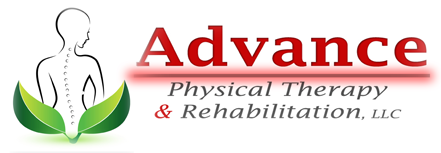What is plantar fasciitis?
The plantar fascia is a wide, flat ligament that runs along the bottom of your foot. This ligament connects your toes to your heel, and if it becomes inflamed, a condition called plantar fasciitis occurs. The most common symptom of this condition is a series of stabbing pains in the heel that occur when you take your first steps in the morning, and this pain may recur throughout the day. Most people tend to have difficulty standing and walking prolonged periods of time. Plantar fasciitis is more common in people who are overweight, and runners are also especially prone to this condition. If you wear shoes that don’t adequately support your weight, you are more likely to develop plantar fasciitis.
What causes plantar fasciitis?
The cause of plantar fasciitis may vary, repeated stress to the plantar fascia can result in tiny tears, and these tears can become inflamed as you continue to walk and stretch this ligament. Occupations that require long hours on your feet and activities like ballet can cause the tears that precipitate plantar fasciitis. If this condition is left untreated, it can result in chronic heel pain that inhibits your ability to walk. Other causes include wearing heels, wearing old worn out shoes or wearing unsupported foot wear, such as flip flops. Having flat feet, high arches and tightness in the achilles tendon and calf can also cause plantar fasciitis.
How is plantar fasciitis diagnosed?
Imaging tests generally aren’t required to diagnose plantar fasciitis. In the course of a physical exam, your doctor will feel your foot and test for areas that are tender. The pain associated with this condition is usually localized in one area, and doctors know how to identify plantar fasciitis based on the area in your foot that is painful.
How is plantar fasciitis treated?
Over-the-counter medications are sometimes used to treat this condition, and surgery is occasionally required to treat plantar fasciitis. However, physical therapy shows the most promise as a non-invasive and non-drug method of treatment for this painful condition. Our skilled therapist provide many options in treating this condition, using ultrasound, electric stimulation, paraffin baths, moist heat, cryotherapy, massage, the Graston Technique, joint mobilization, stretching, strengthening and a comprehensive home exercise program.



